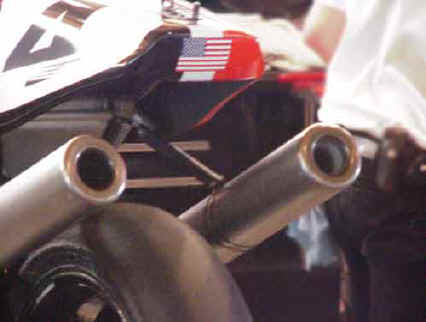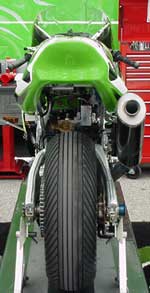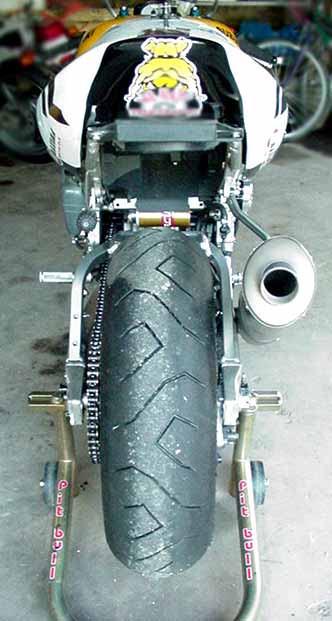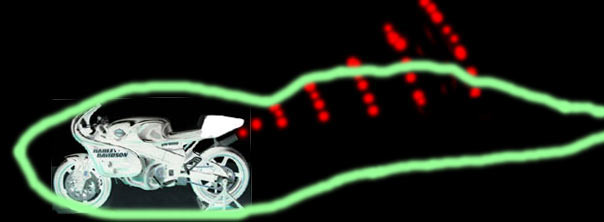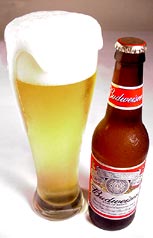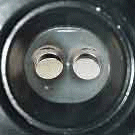|
Future Power News Topics:
How Does a Four Stroke Engine Really
Work ??
(It’s Not Really The Way We Were Taught In School !)
Power Curves for Motorcycles
(Why The Power Curve Matters More Than The
Horsepower)
MotoMan's Toolbox
(Good News: You Don’t Have To Go Broke…
Check Out The Cool Tools I’ve Found)
Intake and Exhaust Porting
(This One's Gonna Blow You Away !! ...
And Lap Records Will Be Smashed)
Valves & Valve Jobs
(Full Radius or 5 Angle ?? …or… Probably.... Neither )
Milling & Compression
(All About Squeeeze … And How To Get More
:) )
Degreeing Cams
(Finally An Understandable Explanation Of This Confusing Process ... Plus MotoMan’s
Top Secret Settings)
Oils
(Break-in / Best Protection / Best Horsepower / Filters / Tips)
Transmissions
(How They Work, Plus Some Tricks)
Loose Bolts & Other Mistakes
(How They Happen… Plus My Secrets To Avoiding Them)
Cylinder Boring & Honing
(A Look At The Process / And Amazing
New Info)
Piston Rings and Installation
(Some Tricks To Reduce Stress on Yourself And Your Rings)
Dyno Testing
(This One Will Rock)
Jetting
(Understand & Master This Elusive Skill,
And You’ll Never Need A Jet
Kit Again !!)
Fuel Injection
(EZ EFI Setup)
Connecting Rods, Bearings and
Clearances
(Answers To All The Plain Bearing Questions)
Piston to Valve & Head Clearances
(The Secret Specs / And How To Measure Them)
Cryogenics
(Hey MotoMan, … Is It just "Bunk"..
..Or Does It Really Work ??)
Camshaft Designs
(MotoMan’s "Wildest"
Power Secret)
Wrenching Without a Manual
(How To Do It … And Survive )
Troubleshooting
(Lateral Thinking At It’s
Finest )
Snake Oils
(Dura Lube / Slick 50 Etc)
Ignition Timing
("Advance" Warning: This One’s A Must Read)
Fork Setup
(Mystery No More)
Shocks
(Your Perfect
Set Up & Perfect Adjustment)
Ceramics
(What About ‘Em ... ??)
Anti Friction Tricks
(How to Reduce Drag & Uncork Some
Serious Speed)
Crank Lightening & Flywheel Effect
(Hold on to Your Crank Boyzzzz !! Why It’s Not A Good Idea)
Valve Clearances & Adjustments
(Tricks & Tips Everyone Should
Know)
Wheel Bearings
(This One Rocks...
)
Chains & Sprockets
(The Hot Set-Up For Maximum Speed)
Gearing
(Why Many Racers Get This Wrong)
Freshen up
(What To Look For In A Worn Out Motor)
Chassis set up
(Get The Right Attitude)
Fuels
(What Works Great,
& How To Get Massively Ripped Off)
Clutches
(Now That You’ve Got All This Power
… Here's How To Keep It)
Air Filters
(How Freer Breathing
= Slower) |


